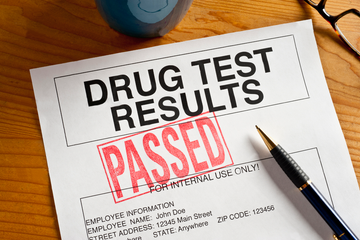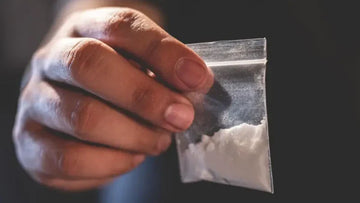Drug testing plays a crucial role in various sectors, from law enforcement to workplace safety. Among the various methods of drug testing, oral swabs (also known as saliva tests) have gained popularity due to their ease of use, non-invasive nature, and rapid results. This article will explore how drug oral swabs work, the drugs they can detect, and the most commonly tested substances in the UK and Ireland.
What Are Drug Oral Swabs?
Drug oral swabs are devices used to collect saliva samples from an individual, which are then tested for the presence of drugs. The process is simple: a swab is placed in the mouth to absorb saliva, which is then analyzed for drug metabolites. The results can often be obtained within minutes, making this method particularly advantageous in situations where immediate testing is required.
How Do Oral Swabs Work?
Oral swabs detect the presence of drugs by analyzing the saliva for specific drugs or their metabolites. Saliva testing is effective because many drugs remain detectable in saliva for a shorter period compared to urine or blood, typically within a few hours to a couple of days after consumption.
The detection window varies depending on the drug, the amount taken, the individual's metabolism, and other factors. Oral swabs are generally used for on-site testing, such as roadside checks by police or workplace screenings.
Drugs Detected by Oral Swabs
Oral swabs can detect a wide range of drugs, including:
1. Cannabis (THC): The active component of marijuana, detectable for a few hours to a couple of days after use.
2. Cocaine: Commonly used recreationally and detectable for up to two days.
3. Amphetamines: This includes various stimulants, detectable for one to three days.
4. Opiates: Such as heroin or prescription painkillers, detectable for one to three days.
5. Benzodiazepines: Prescription medications for anxiety and insomnia, detectable for several days to weeks depending on the specific drug.
6. Methamphetamine: A powerful stimulant, detectable for one to three days
Most Commonly Tested Drugs in the UK and Ireland
In both the UK and Ireland, drug testing is commonly performed in various settings, including workplaces, schools, and during law enforcement activities. The following substances are frequently tested:
1. Cannabis: The most commonly used illicit drug in both regions, testing for cannabis use is prevalent due to its widespread prevalence.
2. Cocaine: A popular recreational drug, particularly in nightlife settings.
3. Amphetamines: Often tested for in both workplace and law enforcement scenarios.
4. Opiates:With the rise in opioid prescriptions, testing for opiates has become increasingly common.
5. Benzodiazepines: These are often tested in contexts where individuals might be prescribed medication.
Benefits and Limitations of Oral Swab Testing
Benefits:
- Non-invasive: Oral swabs are less intrusive than urine or blood tests.
- Quick results: Immediate results can be obtained, which is crucial for certain applications.
- Ease of administration: Simple to use, requiring no specialised training.
Limitations:
- Short detection window: Oral swabs may not detect drugs consumed several days prior.
- Potential for tampering: Although less common than urine tests, there are still concerns about the potential for manipulation.
- Limited range: Some drugs may not be detectable using oral swab tests.
Conclusion
Drug oral swabs are an effective and efficient method for detecting substance use, particularly in the UK and Ireland. With the ability to quickly identify commonly used drugs such as cannabis, cocaine, and opiates, oral swabs serve as a vital tool in various settings, from law enforcement to workplace safety. However, understanding their benefits and limitations is essential for ensuring accurate and fair drug testing practices. As drug use patterns evolve, so too will the methods used to detect them, making ongoing education and adaptation in testing methods crucial.






